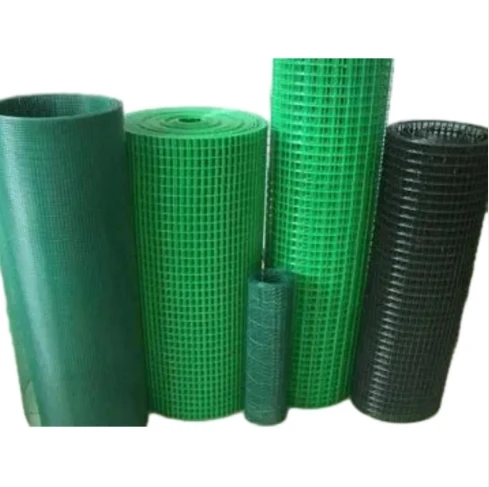Dis . 03, 2024 18:42 Back to list
fence for field
The Importance of Fencing for Agricultural Fields
Fencing has always played a crucial role in agriculture, serving multiple purposes that extend beyond mere boundaries. As farmers strive for maximum yield and efficiency, effective fencing solutions have become indispensable. This article explores the various benefits of fencing for agricultural fields, the different types of fences available, and the considerations farmers must keep in mind when erecting fences.
Protecting Crops and Livestock
One of the primary reasons for installing fences around agricultural fields is to protect crops and livestock. Wild animals, such as deer, rabbits, and raccoons, often pose significant threats to crops. These animals can quickly decimate a farmer’s hard work, leading to substantial financial losses. A well-constructed fence acts as a deterrent, helping to keep unwanted wildlife at bay.
Moreover, livestock management is another key aspect of agricultural fencing. Farmers often need to contain their animals within a certain area to prevent them from wandering off and potentially getting lost or harmed. Fencing designed specifically for livestock can ensure that animals such as cattle, sheep, and goats remain secure within their designated pastures.
Enhancing Farm Management
Fencing also plays a vital role in enhancing overall farm management. By clearly delineating boundaries, fences help to establish property lines, making it easier to manage land and avoid disputes with neighbors. This is particularly important for cooperative farming operations, where shared resources and responsibilities must be clearly defined.
Furthermore, well-placed fences can facilitate better land use planning. Farmers can create designated areas for different types of crops or livestock, implementing rotational grazing practices that lead to healthier pastures and more sustainable farming. This strategic use of space contributes to increased productivity and helps maintain soil health.
Choosing the Right Type of Fence
When it comes to fencing for agricultural fields, there are several types available, each with its own advantages and disadvantages. Here are some common options
1. Barbed Wire Fences Frequently used in livestock management, barbed wire fences are affordable and effective for keeping animals contained. However, they can pose risks for both animals and humans, as the sharp barbs may cause injury.
2. Electric Fences These fences use low-voltage electric currents to deter animals from crossing barriers. They are particularly effective for keeping livestock in and predators out. However, proper maintenance is necessary to ensure they function correctly.
fence for field

3. Wooden Fences Durable and aesthetically pleasing, wooden fences can be an effective solution for crop protection and livestock containment. However, they require regular maintenance and can be more expensive than other options.
4. Vinyl Fences Similar in appearance to wooden fences, vinyl fences are low-maintenance and resistant to weathering. They may not be as strong as other types of fences and might require additional support for livestock containment.
5. Mesh Fences Ideal for protecting gardens and crops from smaller animals, mesh fences can offer effective protection without obstructing views. They are versatile and can be combined with other fencing types for enhanced security.
Considerations for Installation
When planning to install a fence, farmers must consider several factors
- Terrain The type of land and its topography can influence the type of fence chosen. For example, uneven or rocky terrain may require more robust fencing solutions.
- Budget Farmers must weigh the long-term benefits of different fencing materials against their initial costs. A more expensive option may save money in the long run if it requires less maintenance or provides better protection.
- Local Wildlife Understanding the local fauna helps tailor the fencing to address specific threats. For instance, choosing a fence design that accounts for deer height can make a significant difference in crop protection.
- Regulations Always check local zoning and agricultural regulations regarding fencing. Compliance with these laws can prevent future disputes and complications.
Conclusion
Fencing is an essential aspect of modern agriculture that provides numerous benefits, from protecting crops and livestock to enhancing overall farm management. As farmers consider the right type of fence for their needs, they must carefully evaluate the landscape, budget, and local wildlife to ensure effective solutions. Investing in quality fencing can lead to increased productivity, sustainability, and peace of mind for the dedicated individuals committed to feeding the world.
-
Weather Resistance Properties of Quality Roofing Nails
NewsAug.01,2025
-
How Galvanised Iron Mesh Resists Corrosion in Harsh Environments
NewsAug.01,2025
-
Creative Landscaping Uses for PVC Coated Wire Mesh Panels
NewsAug.01,2025
-
Common Wire Nail Dimensions and Their Specific Applications
NewsAug.01,2025
-
Choosing the Right Welded Wire Sheets for Agricultural Fencing
NewsAug.01,2025
-
Anti - Climbing Features of Razor Wire Barriers
NewsAug.01,2025









